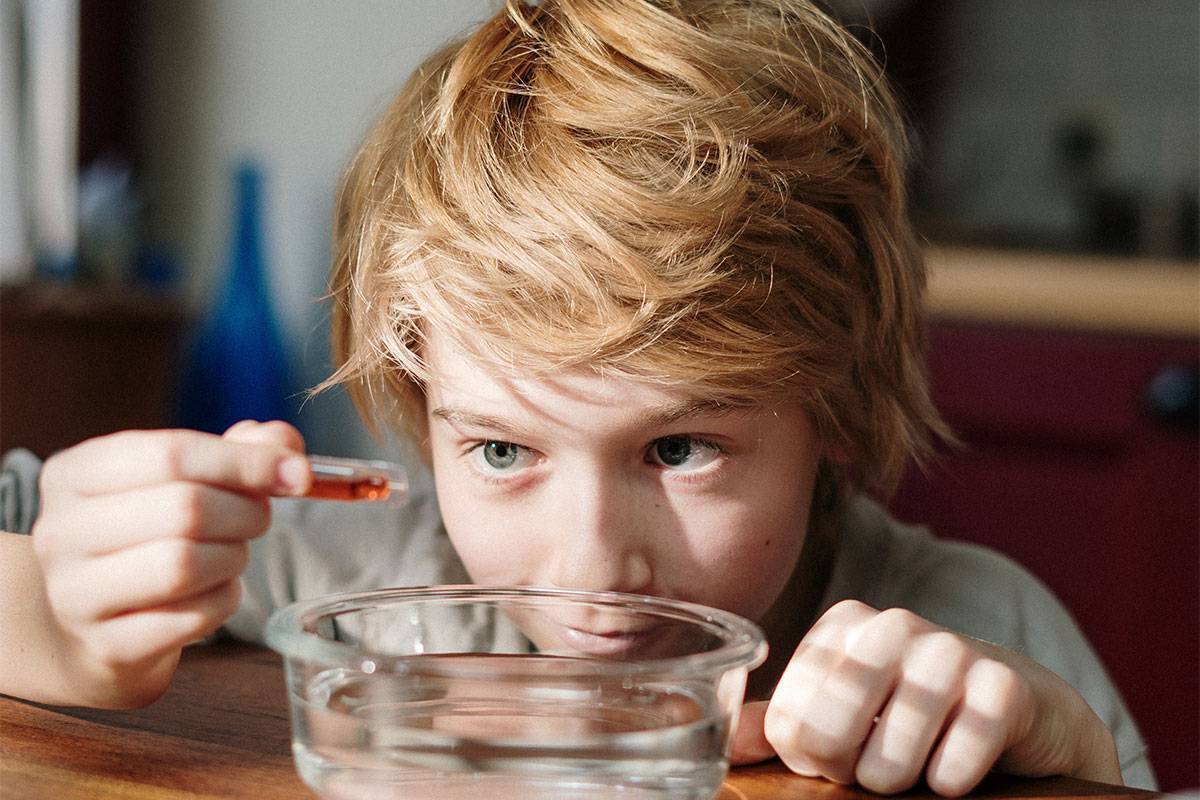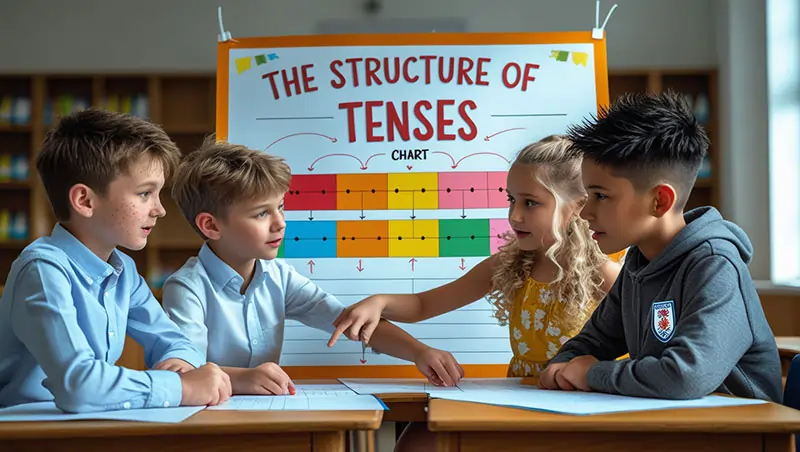Fun Experiments In Food Science

by Dr. Shanthi Thomas
You can do fun experiments with things you use every day, like food items. With just the right ingredients in the right way, ordinary things can be made to behave in unusual and strange ways. Let us look at some popular and fun experiments in food science.
1. Dancing Raisins
Dancing raisins is one of the experiments using the baking soda and vinegar reaction. This simple science experiment will be a sure hit with small children.
Materials needed
- 3 raisins, cut or ripped in half
- About 1 tbsp baking soda
- A clear drinking glass half-filled with water
- Vinegar to fill the remainder of the glass
- A spoon
Steps
- Put about a tablespoon of baking soda into the glass half-filled with water using your spoon. The amount put in can vary.
- Stir the water until the baking soda is dissolved in water.
- Cut three raisins into halves and put them in the glass.
- Pour some vinegar into the glass. The glass should be about 3/4 full after the vinegar is poured.
- Now nudge the raisin halves a bit to get them going. The raisin halves will slowly rise to the surface and then fall back down, over and over again.
Notes
In case the raisins do not move, it could be because there is not enough vinegar. Try adding a little more vinegar. If it still does not work, you can try cutting the raisins into still smaller pieces.
The science behind
Vinegar (an acid) reacts with baking soda (a base) to form carbon dioxide, a gas. Basically, When baking soda and vinegar are added to water, many bubbles form in the water, which rise to the surface and pop. When the raisin pieces are put in the water, the bubbles stick to the surface of the objects, and increase their buoyancy, causing them to rise to the surface with the bubbles. The bubbles pop at the surface of the liquid, and the objects, which on their own are denser than the liquid, fall back to the bottom. On the way down and at the bottom, they collect more bubbles, thus causing the process to repeat several times Eventually, enough of the reactants will be used up so the process will be stopped, or enough air bubbles will get trapped inside the raisins so that remain floating on the surface.
2. Cranberry Secret Messages
Cranberry secret messages are a cool experiment that is a hit with kids of all ages.
Materials needed
- Cranberry juice
- Whole berry cranberry sauce
- Small pot
- Baking soda
- White paper
- Water
- Paintbrushes
Steps
- Pour 2 cups cranberry juice and 1/2 can jellied cranberry sauce into a pot.
- Bring the mixture to a boil over medium/high heat, mixing every few minutes.
- Mix 1/3 cup of hot water with 4 tablespoons of baking soda.
- Dip a paintbrush in the baking soda mixture and paint a message or picture on a piece of paper and let it dry. If you want faster results, use a hairdryer to dry your messages.
- Fill the coffee mugs with cranberry juice and let it cool. Dip a paint brush in this juice and paint with the cranberry juice over the dried messages to reveal the secret message.
Notes
- You can use just cranberry juice instead of cranberry sauce if you don’t have any.
- Instead of painting by hand, you can fill a spray bottle with the cranberry juice and spray the paper.
The Science Behind
Cranberry juice is an acid which contains a special substance called Anthocyanin. The invisible ink you used is a base. When you paint the paper with cranberry juice an acid-base reaction takes place and there is a structural change happening in Anthocyanin which results in the colour change.
3. Blow up a Balloon with Yeast
Let us see how we can blow up a balloon using yeast.
Materials needed
- A small balloon
- A small, clean, clear, plastic soda bottle
- A packet of yeast
- 1 teaspoon of sugar
- Some warm water
Steps
- Get about one inch of water in the soda bottle.
- Add the yeast and gently swirl the bottle.
- Now add the sugar into the bottle and swirl it around some more.
- Stretch the balloon by blowing it up a few times, then place the balloon over the neck of the bottle.
- Let the bottle be in a warm place for about 20 minutes.
The balloon will begin to inflate!
The science behind
When the yeast, a microscopic fungus, eats the sugar, it releases carbon dioxide. The gas occupies the bottle and as more gas is created, it fills the balloon.


